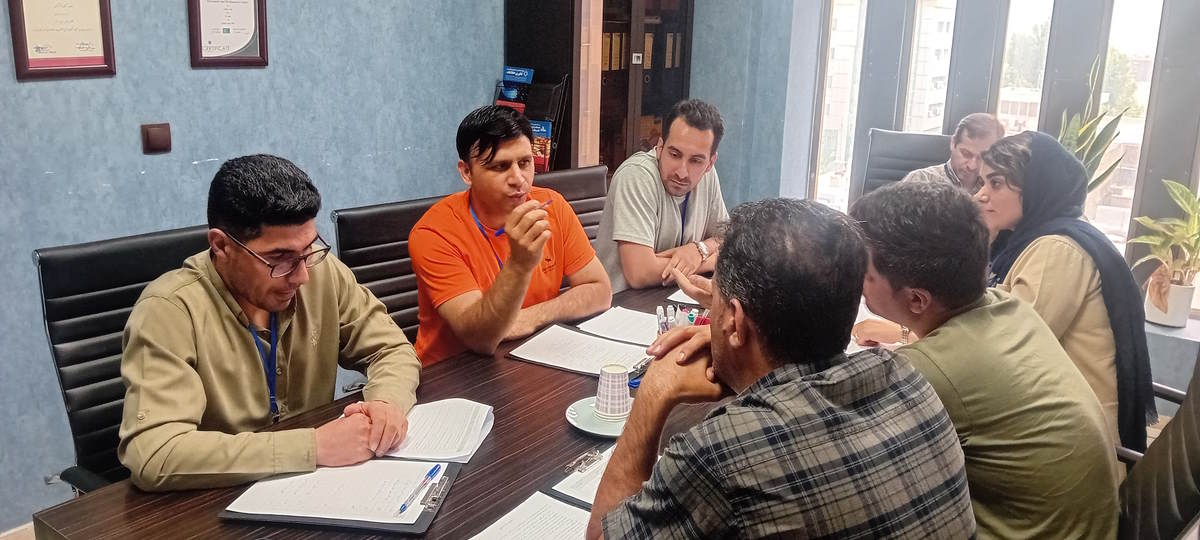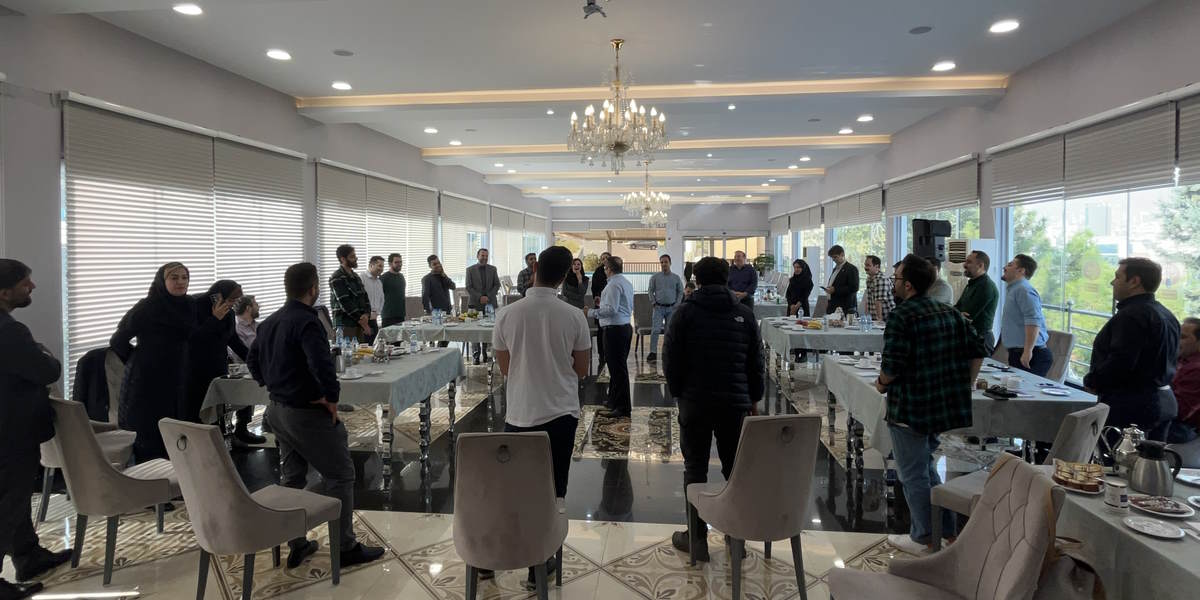
Assessment Center and Development Center: Organizational Evaluation Methods
An Assessment Center is a method used by organizations to evaluate and select candidates for hiring or promotion. This approach involves a comprehensive and multi-dimensional assessment process in which candidates are evaluated based on various skills, abilities, and job-related attributes.
Assessment centers offer several advantages over traditional selection methods, including the ability to assess multiple competencies in a controlled environment, the opportunity to observe candidates in realistic simulations, and the potential for more objective and reliable evaluations. Overall, assessment centers are widely used by organizations seeking to identify top talent and make informed hiring or promotion decisions.
A Development Center is a structured approach used by organizations to identify, assess, and develop employee potential. Unlike assessment centers, which primarily focus on selection, development centers emphasize evaluating and enhancing the skills, competencies, and leadership capabilities of existing employees.
Development centers play a crucial role in talent management and succession planning strategies. By identifying and developing high-potential employees, organizations can build a strong pipeline of capable future leaders. Additionally, development centers provide valuable insights into employees’ strengths and areas for growth, fostering a culture of continuous learning and professional development within the organization.
One of the most widely used and practical models for evaluating human resource management processes is the “Phillips Model,” which is also known as the tool for measuring the maturity level of human resource management processes.
The human resource process evaluation model includes 10 processes, each representing a specific characteristic of human resource management processes.
By using the results of this evaluation, we can not only understand the current state of human resource management processes but also identify priorities for improving these processes. Additionally, it allows us to develop actionable and clear strategies for improving each of the processes, with the goal of empowering human resources.
Objectives of Measuring the Maturity Level of Human Resource Management Processes:
The processes included in this evaluation are:
Process 1: Human Resource Strategy
The human resource strategy process converts business strategy into human resource objectives and operational plans and participates in the development of business strategy. In this process, it must be ensured that human resources make the greatest contribution to achieving business objectives.
Process 2: Organizational Capability Development
Organizational capability development focuses on developing the organization to achieve strategic business objectives. Organizational capabilities can be developed through leadership, organization, culture, and competence. Goals and priorities for other human resource processes (such as recruitment and development, talent management, performance management, and rewards and recognition) are set to successfully achieve business objectives. This process implies the organization’s ability to improve processes, manage change, and learn.
Process 3: Recruitment
In the recruitment process, strategic goals and recruitment priorities must first be defined. This outcome results from the human resource strategy and organizational capability development processes. The gap between future strategic goals and priorities and the current recruitment plan is identified in the gap analysis.
Process 4: Employee Development
Employee development involves learning, development planning, implementing development plans, and planning for improvement. This process must align individual development with the business strategy. It is carried out using outputs from the organizational capability development process and other human resource management processes. Individual growth aims to close the gap between current and required competencies, which is achieved through the performance management process.
Process 5: Talent Management
Talent management is a specialized form of employee development aimed at achieving specific set goals. This process is vital for achieving both current and future organizational goals. Talent management is key to recruitment, attracting, selecting, retaining, and developing talent for future leadership.
Process 6: Performance Management
Performance management is a process that translates business objectives into individual goals for upcoming periods and evaluates individual performance compared to the previous period.
Process 7: Rewards and Recognition
The rewards and recognition process plays a role in attracting, retaining, motivating, and recognizing employees. It rewards employees based on their contribution and value added to the company. Rewards and recognition can be both financial and non-financial.
Process 8: Health and Safety
Health and safety encompass working conditions in a broader sense. This process focuses on managing and improving safety and health procedures, reducing absenteeism, and improving the work environment.
Process 9: Internal and External Communications
This process describes how internal and external communications are managed within the human resource department. It also highlights the organization’s impact on the local community and the environment. Internal communications are managed through employees, work associations, and official representatives of employees. Some of these internal relationships are formalized through official agreements between the parties.
Process 10: Human Resource Data Management and Systems
Human resource systems and data management are processes and systems for collecting, maintaining, processing, and analyzing human resource data to support human resource processes.
The evaluation process includes a feedback report, which includes findings, areas for improvement, conclusions, and supporting evidence.
The feedback report generally includes the following:

Assessment Center – Tehran Shimi 2
Employee engagement is an emotional state in which employees feel passionate, energized, and committed to their work. It is defined as the fact that they use their heart, soul, mind, and body to deliver high-quality, high-performance work.
When we decide to join an organization, we may be tempted by things like salary, company brand, or attractive perks. Are these important? Of course. But these factors, called “job satisfaction factors,” do not increase our commitment to our work and organization. Engagement is more than satisfaction. Engagement occurs when we find meaning, autonomy, growth, impact, and connection in the work we do.
Gallup, a research, management, and policy organization, is one of the largest polling and opinion poll institutions in the world, and has included employee surveys in its agenda for decades. Among the organization’s most famous efforts is a groundbreaking survey of more than 10 million employees and managers in 114 countries and 41 languages that suggests 12 principles.
The survey is used to describe an ideal workplace in which employees work hard, exert themselves, volunteer, and feel and express satisfaction, and see the organization’s success as their own. The results of this research were presented and defined in a model called the Q12.
The Engagement Questionnaire
Growth and development are the concerns of every company. In every industry, your existence is measured by numbers – user acquisition, profit margins, growth rates, and so on. Now, how should this growth and scalability be achieved, and with what considerations? Why is it that some organizations, after growing, cannot maintain performance that is balanced with their growth?
After evaluating your organization’s scalability, you can:
Therefore, this tool allows you to determine how scalable your business is and identify areas and opportunities to increase its scale.
Based on the scalability assessment, you will need innovation in three areas:
1. Innovation in Business with the Business Model Canvas
Use the rapid scalability canvas to determine how scalable your business is and identify areas and opportunities to increase its scale.
2. Innovation in Strategy by Gathering Strategic Alternatives
Evaluate the future status of your company. Which strategy, if successfully implemented, will create the most potential for scaling?
3. Management Innovation
Determine at which stage of scalability you are. What leadership style is appropriate for each stage? How can you and your managers and experts strengthen yourselves in the face of growth and this big change?
Agile Scalability Questionnaire

Conflict Management Event
Organizational assessment is a systematic review of the processes, work environment, and structure of an organization. It is a diagnostic tool that focuses on the organization as a whole. Organizational assessment is not a quick, stop-and-go action, but should be ongoing throughout all aspects of the organization. The assessments are carried out based on a pre-planned program and by a trained team. Organizations can monitor their status using one of the following three methods:
Saba Management Consulting conducts independent assessments through a trained and professional team to achieve the following objectives:
Organizational assessment refers to the systematic examination of leadership styles, culture, values, and motivators within an organization. This assessment is a diagnostic tool that provides a comprehensive view of the organization as a whole, rather than focusing on individuals. Such assessments can be especially valuable and effective when significant changes are about to occur in the organization or have recently taken place.
In this process, a combination of surveys and confidential interviews is used to collect data related to productivity, culture, leadership style, structures, relationships, competencies, and more.
The comprehensive nature of this process provides deep insights into the current state of a team. After completing the data analysis, a diagnostic report is presented to the organization that describes the issues and trends currently affecting the organization. This report also includes recommendations for achieving the organization’s leadership objectives.

Conflict Management Training Workshop